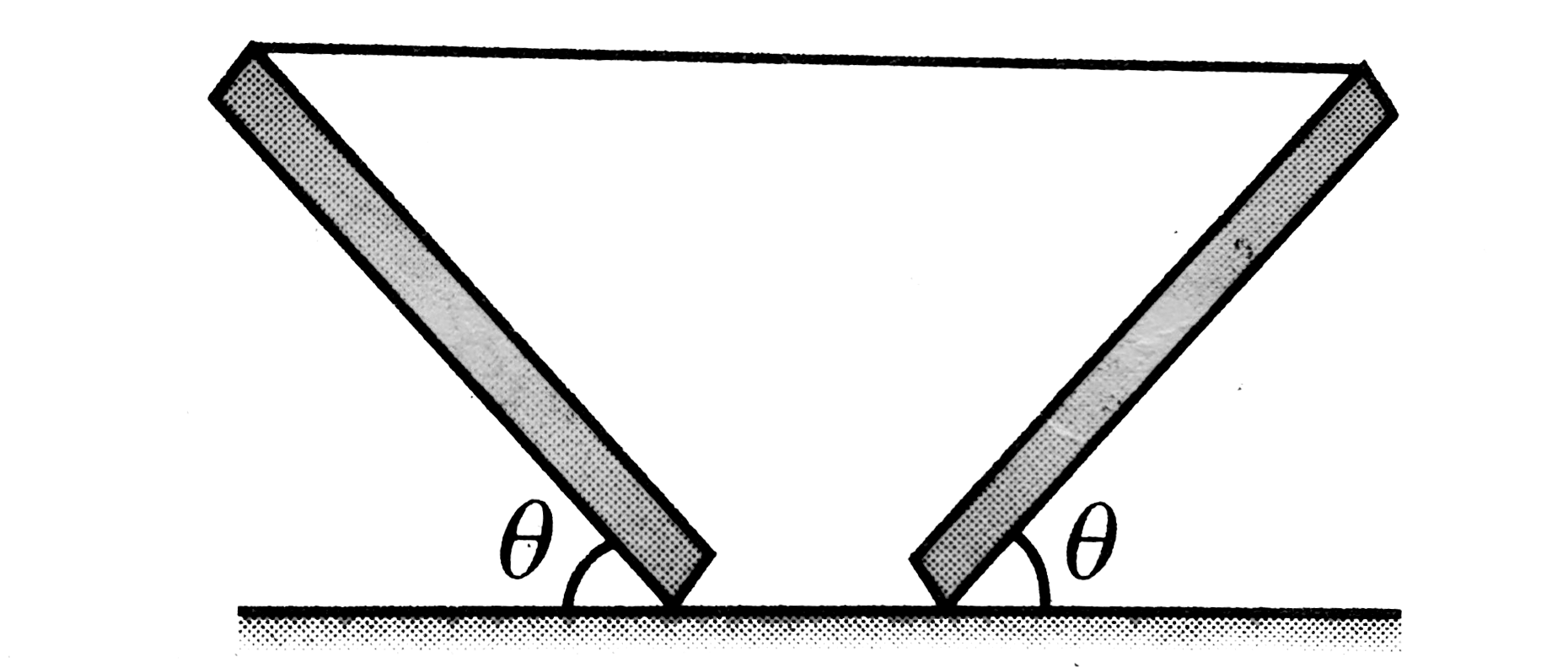The coefficient of static friction between two surfaces depend on
nature of surface
the shape of the surface in contact
the area of contact
all of the above
The correct Answer is:A
To solve the question regarding the coefficient of static friction between two surfaces, we need to analyze the factors that influence it. Here’s a step-by-step breakdown:
1. Understanding Friction:
- Friction is a resistive force that opposes the relative motion between two surfaces in contact.
- Static friction specifically refers to the frictional force that must be overcome to start moving an object at rest.
2. Coefficient of Static Friction:
- The coefficient of static friction (denoted as μs) is a dimensionless value that represents the ratio of the maximum static frictional force (Fs) to the normal force (N) acting between the surfaces.
- Mathematically, it is expressed as:
μs=FsN
3. Factors Affecting the Coefficient of Static Friction:
- The coefficient of static friction depends primarily on the nature of the surfaces in contact. This includes:
- The materials of the surfaces (e.g., rubber on concrete, wood on wood).
- The texture of the surfaces (smooth vs. rough).
- It does not depend on:
- The shape of the surfaces in contact (whether they are circular, cuboidal, etc.).
- The area of contact between the surfaces (as long as the surfaces are in contact, the coefficient remains the same).
4. Conclusion:
- Therefore, the coefficient of static friction between two surfaces depends on the nature of the surfaces in contact.
Final Answer:
The coefficient of static friction between two surfaces depends on the nature of the surfaces.
---
- Friction is a resistive force that opposes the relative motion between two surfaces in contact.
- Static friction specifically refers to the frictional force that must be overcome to start moving an object at rest.
- The coefficient of static friction (denoted as μs) is a dimensionless value that represents the ratio of the maximum static frictional force (Fs) to the normal force (N) acting between the surfaces.
- Mathematically, it is expressed as:
μs=FsN
- The coefficient of static friction depends primarily on the nature of the surfaces in contact. This includes:
- The materials of the surfaces (e.g., rubber on concrete, wood on wood).
- The texture of the surfaces (smooth vs. rough).
- It does not depend on:
- The shape of the surfaces in contact (whether they are circular, cuboidal, etc.).
- The area of contact between the surfaces (as long as the surfaces are in contact, the coefficient remains the same).
- Therefore, the coefficient of static friction between two surfaces depends on the nature of the surfaces in contact.
The coefficient of static friction between two surfaces depends on the nature of the surfaces.
Topper's Solved these Questions
- NEWTONS LAWS OF MOTIONBook:ALLENChapter:NEWTONS LAWS OF MOTIONExercise:EXERCISE-III
Explore 28 Videos
- NEWTONS LAWS OF MOTIONBook:ALLENChapter:NEWTONS LAWS OF MOTIONExercise:EXERCISE-I
Explore 52 Videos
- NEWTON'S LAWS OF MOTION & FRICTIONBook:ALLENChapter:NEWTON'S LAWS OF MOTION & FRICTIONExercise:EXERCISE (JA)
Explore 4 Videos
- RACEBook:ALLENChapter:RACEExercise:Basic Maths (Wave Motion & Dopplers Effect) (Stationary waves & doppler effect, beats)
Explore 24 Videos
Similar Questions
The coefficient of static friction may be
View SolutionA solid sphere of mass 0.50 kg is kept on a horizontal surface. The coefficient of static friction between the surfaces in contact is 2/7. What maximum force can be applied at the highest point in the horizontal direction so that the sphere does not slip on the surface?
View Solution
Knowledge Check
The coefficient of static friction between the two blocks shown in figure is μ and the table is smooth. What maximum horizontal forced F can be applied to he block of mass M so that the block move together?
 A0.15mgB0.05mgC0.1mgD0.45mg
A0.15mgB0.05mgC0.1mgD0.45mg
A solid sphere of mass 3kg is kept on a horizontal surface. The coefficient of static friction between the surfaces in contact is 2/7. What maximum force can be applied at the highest point in the horizontal direction so that the sphere does not slip on the surface? (in N)
View SolutionTwo uniform boards, tied together with the help of a string, are balanced on a surface as shown in Fig.
The coefficient of static friction between boards and surface is 0.5. The minimum value of θ, for which this type of arrangement is possible is

View SolutionThe limiting friction between two surfaces depends
View SolutionIn Fig. A is a large block which executes shm by sliding across a frictionless surface with a frequency n. The block B is at rest on the surface of the block μs The coefficient of static friction between the two is H. Find the maximum amplitude of oscillation of the system so that the block B does not slip.

View SolutionThe coefficient of static friction between the two blocks shown in figure is μ and the table is smooth. What maximum horizontal forced F can be applied to he block of mass M so that the block move together?

View SolutionIf angle of repose is ϕ, the coefficient of static friction between body and the plane is
View SolutionThe coefficient of friction between two surface is 0.2. The maximum angle of friction is
View Solution

